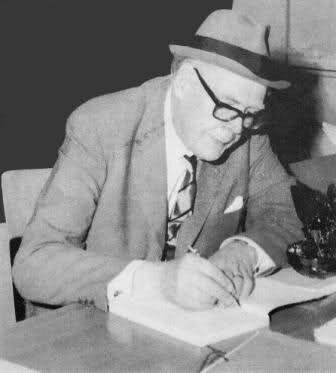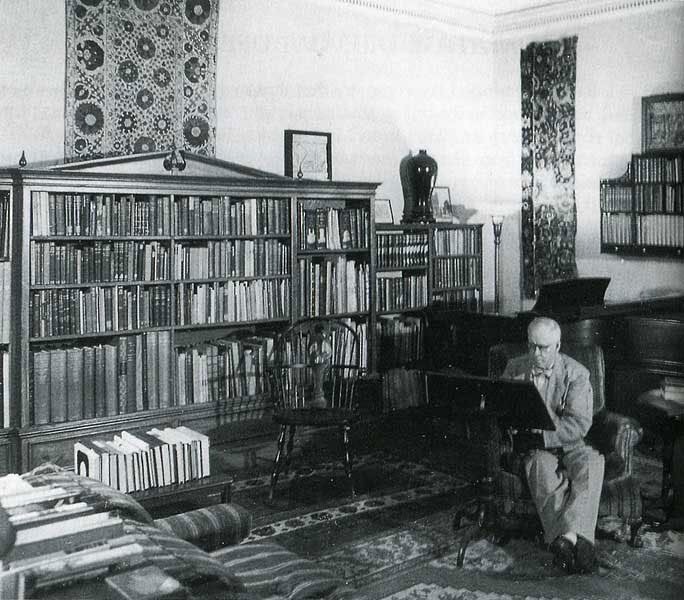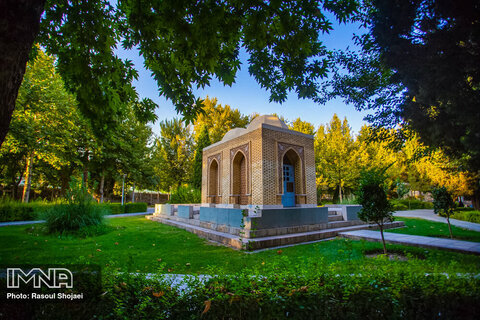Iran (IMNA) - He was born on February 7, 1881, in Rhode Island, USA. Professor Pope studied Philosophy at the best American universities, including Brown University, Cornell University, and Harvard University. In 1925, he traveled to Iran for the first time, and began lecturing on the importance of Iranian art. Pope praised the ancient Persian art and architecture, and insisted on educating Iranians about the value of Iran's art and history of art.
He emphasized that the Iran's contemporary architecture should imitate its genuine Persian style, instead of following the modern western architectural designs. The government of the Islamic Republic of Iran granted the special permission to Pope, to visit historic-religious sites; such authorization had never been granted to foreigners. It shows the influence of Professor Pope on the design of buildings such as Iran's main branch of National Bank, Marmar Palace, and the Museum of Ancient Iran. By carrying out numerous studies and making all-out efforts, this American Iranologist did introduce these monuments to the world for the first time in history.

It may be interesting to know that the order of restoring Sheikh Lotfollah Mosque was also issued by Reza Shah on Pope’s demand. However, in terms of the importance of Iranology, it can be assumed that the most important work of Pope is the treasure trove of 10 thousand images, which he and his wife took of Iranian monuments. The collection is still used by Iranologists in western universities after many years.

He died in 1969, when he was planning to study the architecture of the holy shrine of Imam Reza in Mashhad. Prior to his death, Pope had requested to bury his body in Isfahan.
The tomb of Professor Pope lies next to his wife, Phyllis Ackerman, alongside the Zayanderood River, near the Khajoo bridge.



Your Comment